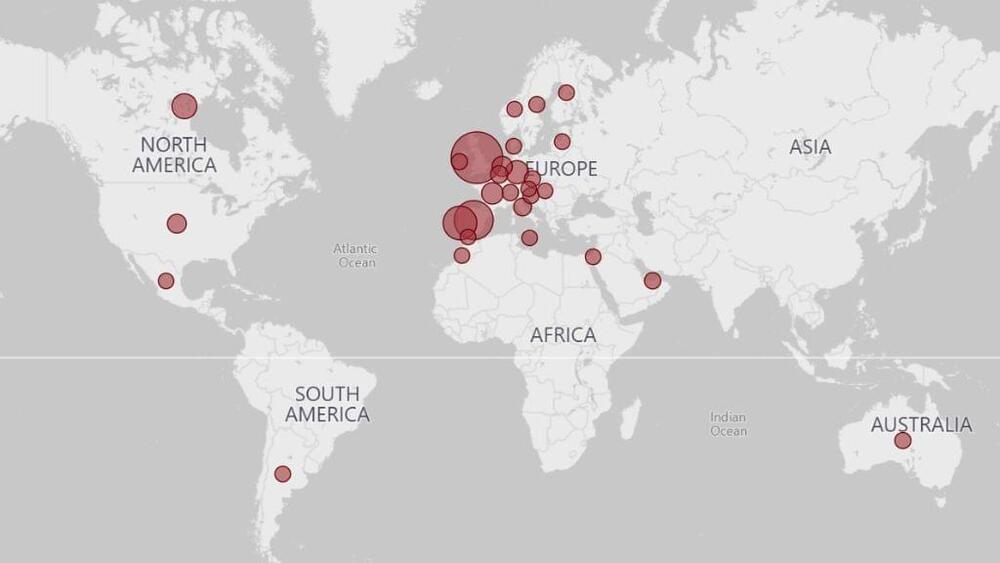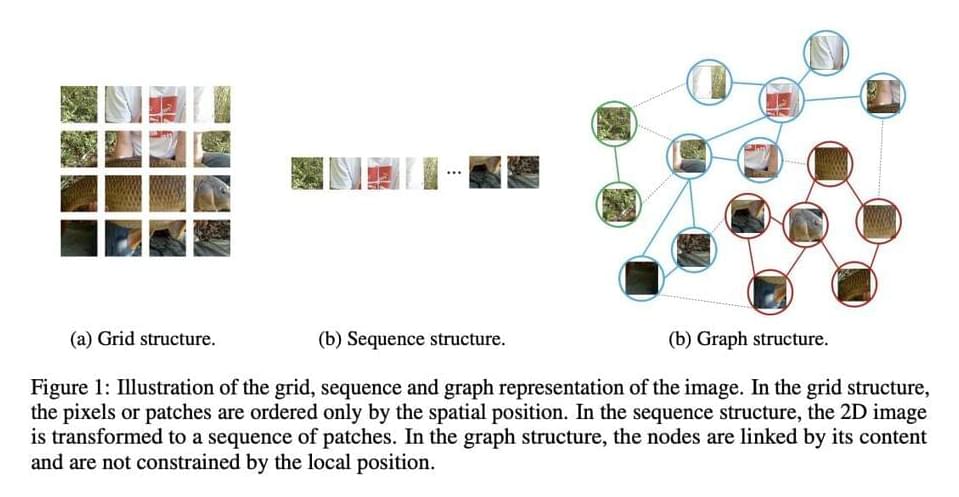Jun 10, 2022
Lightyear 0 production solar car could run for months without charging
Posted by Quinn Sena in categories: solar power, sustainability, transportation
Dutch company Lightyear has unveiled what it claims is the world’s first production-ready solar car. The Lightyear 0 is a family sedan with 5 sq m (53.8 sq ft) of solar panels built in, capable of generating up to 70 km (44 miles) of charge-free driving a day.
Having scaled its workforce up to 500 people and hooked up deals with more than 100 suppliers, Lightyear is deadly serious about this venture and ready to start manufacturing. Its first car is this four-door fastback electric sedan, with enough onboard battery to deliver a very solid 560 km (348 miles) of freeway driving at 110 km/h (68 mph), even without the sun shining.
Continue reading “Lightyear 0 production solar car could run for months without charging” »


















